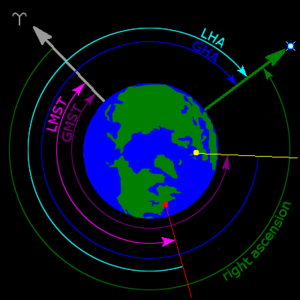I'm trying to correlate a behavior on LEO satellites with the position it is over the Earth. The behavior takes place over a period of time. I'm trying to come up with a metric that will identify something about the position relative to the position on the equator, and not vs the actual long/lat at the moment. The reason is that the ground track of the orbit could have put it in a very different position. For instance, here is a few ISS ground tracks from STK. These two ground tracks for my purposes are significantly different, and any metric should give different values for each, despite the lat/long of the ISS being nearly identical in each case.


Any metric I find must be easily computable, either with a python library, or something that can be directly computed. One can assume that I have the TLE files for the satellite. The reason being is that I'm doing statistical data on a lot of these, and I really don't have the time to plop each of these instances in to a stand alone program. Using a web API is acceptable as well.
What I've been thinking about using is some sort of a metric of the longitude of the ascending node, especially if it can be tracked in a smooth manner, but I'm finding it difficult to figure out what could calculate that. Any other suggestions out there?
Basically, anything that would work for the ISS would work for my needs. My satellites are in LEO, occasionally thrust, mostly circular, but are fairly stable overall.

